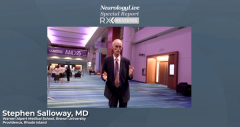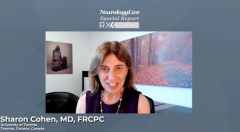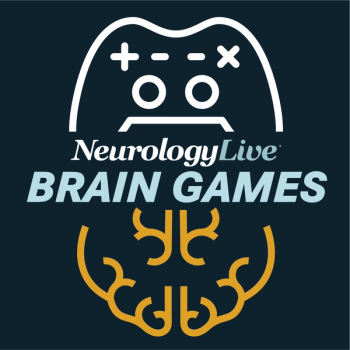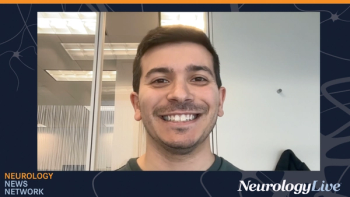
Importance of Patient Selection and Future Therapies in Alzheimer Treatment
In the third episode, Salloway emphasizes the need for careful patient selection when prescribing donanemab to minimize serious risks, highlighting the value of the newly approved safer dosing regimen. Supported by Eli Lilly.
Episodes in this series

At the
In the third episode of this AAIC Special Report, Salloway emphasized the importance of careful patient selection when prescribing donanemab or other antiamyloid therapies for AD. He noted that treatment should be limited to individuals who are most likely to benefit and have a favorable risk-benefit profile. In addition, Salloway highlighted the availability of 2 FDA-approved amyloid-lowering drugs that modestly slow cognitive decline and stressed the importance of administering these treatments as safely as possible. Furthermore, he pointed to the significance of the newly approved stepwise dosing regimen for donanemab in minimizing risks and expressed optimism about the future of AD treatment.
Transcript below edited for clarity.
Stephen Salloway, MD: Well, the most important thing in giving drugs like donanemab is careful patient selection. So you want to select people who are most likely to benefit and where the risk benefit profile is clearly in their favor of treatment. There aren't that many patients, but there are some that just have too high a level of cerebral amyloid angiopathy. Evidence of that on their MRI scan, they shouldn't be treated. They have some other risk factor that puts them at high risk for treatment. So, making sure not to treat those people because those are the ones more likely to have a serious adverse event and we don't want to have those. We want to minimize them as much as possible.
Well, right now, we have 2 drugs that lower amyloid that are approved by FDA, that slow down cognitive decline. We are very we want to give them as safely as possible. So that's where this new dosing regimen fits in. It's important. We want to add to this benefit because this is only a modest benefit. We want to do better. We're very eager for antitau drugs. There may be other antiamyloid treatments. There's a GLP-1 receptor agonist trial that's going to read out this fall. We'll see if that works. That's a whole different mechanism. So we're very eager to give optimal clinical benefits to patients.
Newsletter
Keep your finger on the pulse of neurology—subscribe to NeurologyLive for expert interviews, new data, and breakthrough treatment updates.






